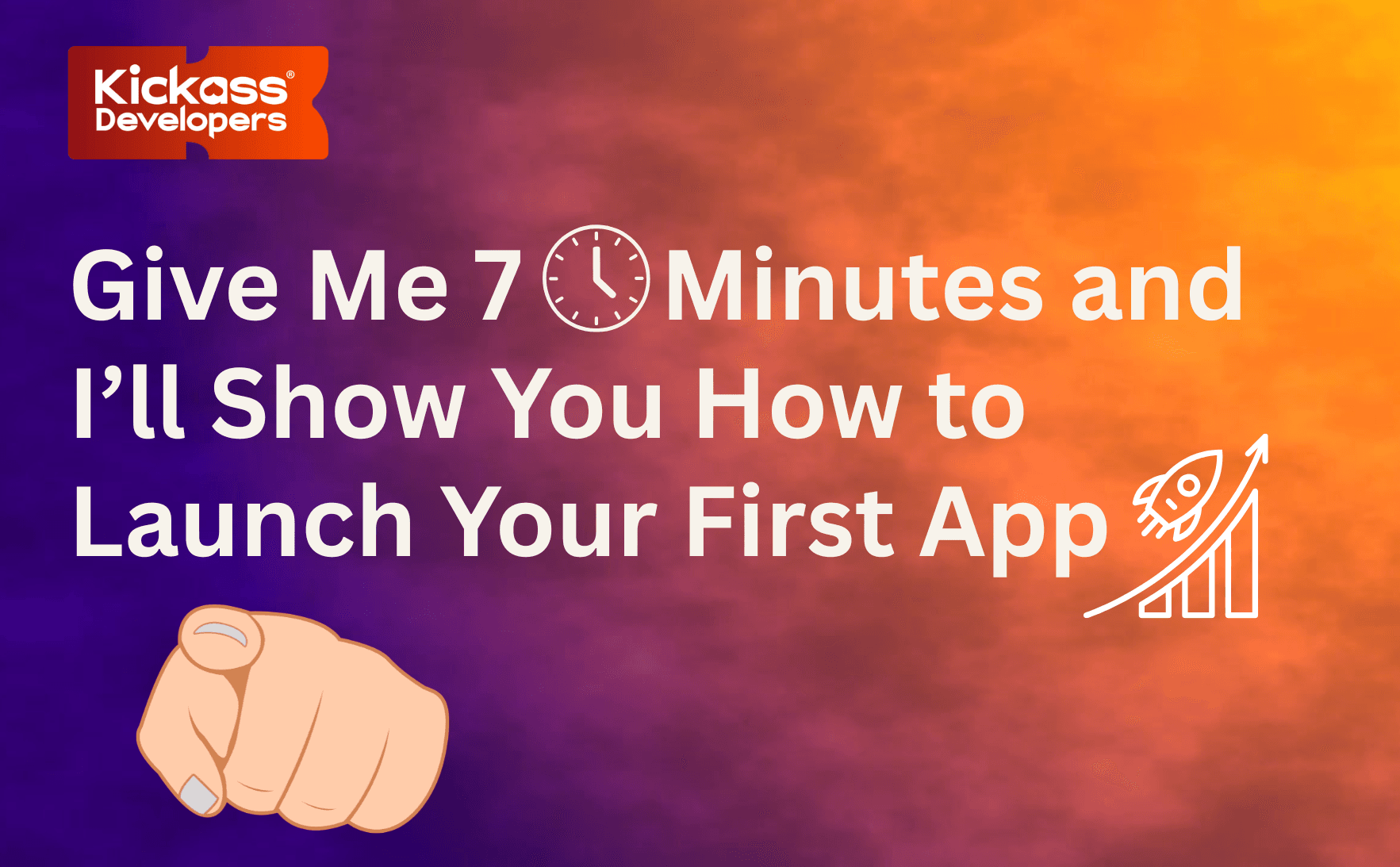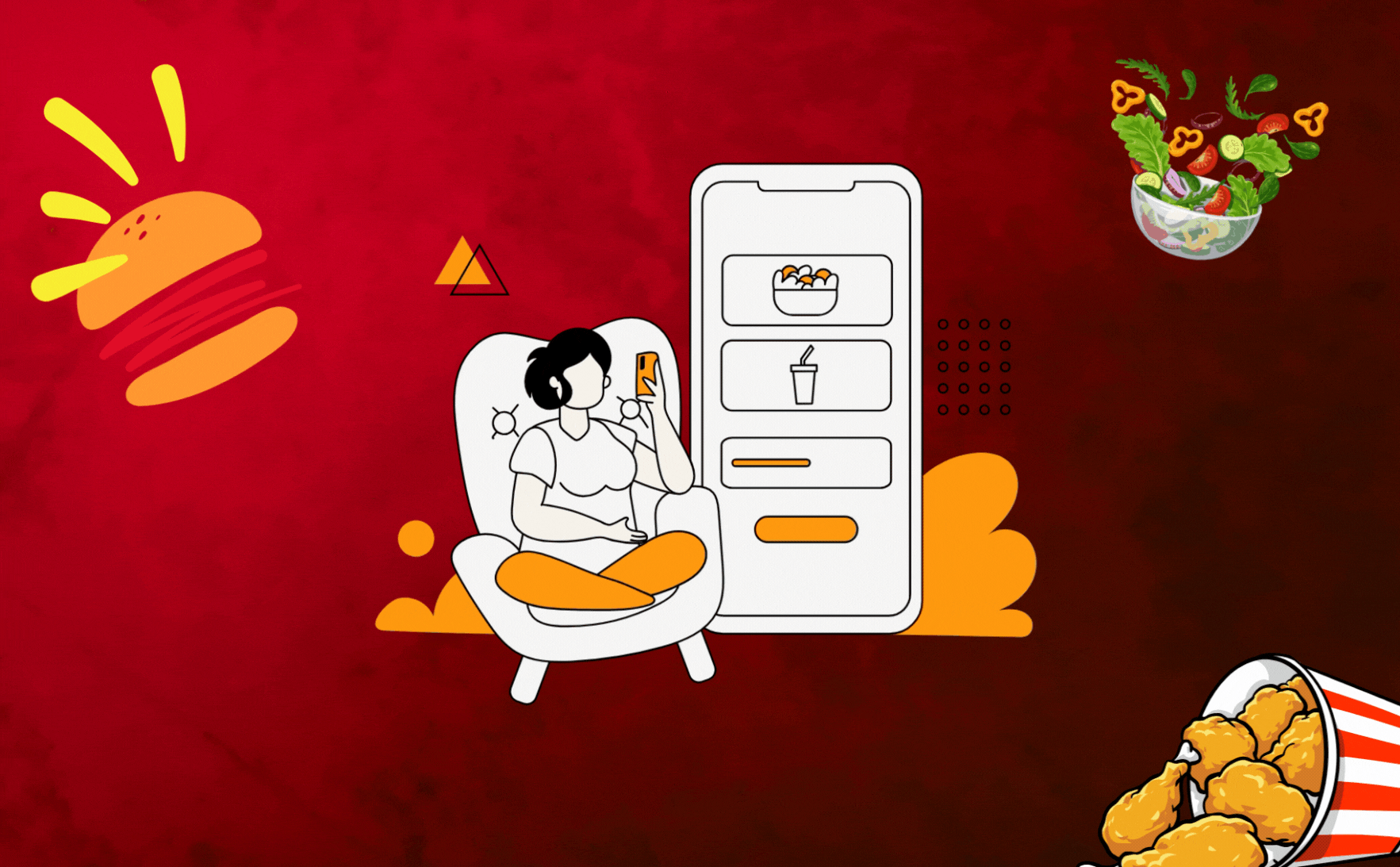Tutor CoPilot: How Stanford’s Human-AI Duo Is Changing Live Tutoring
Artificial-intelligence hype is everywhere in education, but genuine, evidence-backed success stories are still rare. Stanford University’s Tutor CoPilot project is one of those stories. In late 2024 the Stanford EduNLP Lab published the first large-scale randomised controlled trial showing that a language-model “copilot” can lift real classroom outcomes while keeping teachers squarely in the driver’s seat. Let’s unpack what the white-paper tells us, why it matters, and how schools can start experimenting today.
1. What Is Tutor CoPilot?
Tutor CoPilot is a lightweight panel that plugs into an existing chat console used by K-12 maths tutors. Behind the scenes a fine-tuned, seven-billion-parameter Llama-2 model analyses the last few dialogue turns, pulls in curriculum metadata, and suggests one to three next moves—probing questions, scaffold prompts, number-line sketches, and so on. Suggestions stay on the tutor’s side of the screen; nothing is ever auto-sent to the learner. Tutors can copy, edit, or ignore the advice with a single click. edunlp.stanford.edu
Why “Human-in-the-loop” matters
Generative AI is notorious for hallucinations and one-size-fits-all explanations. By limiting the AI to a whispering role—never speaking directly to the student—Tutor CoPilot preserves the tutor’s judgement while still injecting expert pedagogy at the moment of need.
2. The Study at a Glance
| Metric | **Treatment group** | Control group |
|---|---|---|
| **Tutors** | 900 | 900 |
| **Students** | 1 800 | 1 800 |
| **Subject** | K-12 mathematics | K-12 mathematics |
| **Duration** | full autumn 2024 term | full autumn 2024 term |
| **Cost** | ≈ US $20 per tutor per year | n/a |
Students whose tutors had access to the copilot were 4 percentage points more likely to master each topic, and the lift jumped to 9 points for lower-rated, less-experienced tutors
Those numbers may sound modest, yet they rival—or beat—many multimillion-dollar professional-development programs that districts have tried for decades.
3. How the Tech Works (Minus the Buzzwords)
- Expert think-alouds
The team recorded seasoned teachers verbalising their thought process while tutoring. Those transcripts capture latent pedagogical reasoning—the why behind each question.
- Bridge method fine-tuning
Instead of training on raw Internet data, researchers fed that think-aloud corpus into a base Llama-2 model using LoRA adapters. Result: a small model that sounds like an expert teacher, not Reddit.
- Retrieval-augmented prompting
Live chat logs, student skill IDs, and lesson objectives stream into a retrieval layer so the model can see exactly where the learner is stuck.
- Safety & relevance filter
Each candidate suggestion passes through rule-based checks (no answer-giving, grade-level guardrails) before the tutor ever sees it.
- Feedback loop
Tutors rate the suggestions with thumbs-up/down; those signals reshuffle ranking nightly so the copilot learns what really helps.
Latency remains under 400 ms on an on-prem GPU, meaning even low-bandwidth schools can keep the AI local and data-private.
4. Where It Shines—and Where It Struggles
| Strengths | Pain points |
|---|---|
| Real-time lift for novices – biggest gains went to tutors who needed help most. | Grade-level mismatches (~3 % of suggestions): algebraic notation offered to 3rd-graders. |
| Cost-effective scaling – $20 per tutor/year is cheaper than a single PD workshop. | Occasional _pedagogical drift_ (~5 %): hint crosses the line into full answer. |
| Non-intrusive UX – tutors never leave the chat tab; suggestions auto-collapse. | Needs subject-specific tuning; the maths model won’t work for ELA out of the box. |
| Data privacy – student names stripped, raw text purged after 30 days. | Requires nightly re-training pipeline; small IT lift for some districts. |
Mitigations are straightforward: stricter prompt conditioning, confidence gating, and letting tutors flag bad hints directly in the panel.
5. Practical Integration Tips for Your LMS
- Use an LTI 1.3 plug-in
Wrap the copilot in a standard Deep-Link so Canvas, Moodle, or Schoology treats it as an assignment enhancer.
- Subscribe to WebSocket events
Push every message.created event (student or tutor) into your retrieval store; polling creates lag.
- Edge-cache the model
If GPUs are scarce, run the 7-B model on a small RTX A4000 in the school server closet. Latency < 400 ms; power draw < 150 W.
- Hash tutor IDs, strip student names before embedding logs; that keeps you FERPA-safe.
- Start with a single cohort—say, Algebra I tutors—before rolling out grade-wide.
6. Beyond Maths Tutoring: A Playbook for Any Subject
The Tutor CoPilot architecture is domain-agnostic so long as you collect expert think-alouds in your subject. Want to coach writing instructors on Socratic feedback? Record a dozen master teachers marking essays and repeat the fine-tuning loop. Science labs, language learning, even counseling scripts can borrow the same pattern:
Expert reasoning ➔ Fine-tuned LLM ➔ Live retrieval ➔ Human oversight ➔ Continuous feedback.
7. The Bigger Picture: Equity, Teacher Retention, and AI Skepticism
Critics worry that AI tutors will deskill educators or widen digital divides. Tutor CoPilot offers a counter-example:
- Amplification, not replacement – The human tutor stays front-and-centre; AI simply whispers best practices.
- Targeted equity gains – Underserved students whose tutors were previously low-rated saw the largest jumps in mastery.
- Teacher retention – Novices often quit because they feel unsupported. A just-in-time copilot could cut that attrition.
Still, the project underscores that human feedback loops and domain-specific data are non-negotiable. Generic chatbots won’t cut it.
8. Getting Started: A 5-Step Pilot Plan
- Pick one high-stakes course (e.g., Grade 8 maths).
- Gather 50 hours of expert tutor think-aloud audio; transcribe with ASR.
- Fine-tune an open-weights model (Llama-2, Gemma) with LoRA for cheap iteration.
- Embed in your tutoring platform via LTI or JS snippet; keep the UI optional, not prescriptive.
- Measure mastery-rate deltas, tutor satisfaction, and suggestion-quality analytics every two weeks.
If your outcomes mirror Stanford’s 4–9 p.p. gains, scaling district-wide is a budget no-brainer.
Final Thoughts
Stanford’s Tutor CoPilot doesn’t promise a sci-fi classroom free of teachers. Instead, it shows a pragmatic, affordable path to inject world-class pedagogy into every tutoring session—especially where novice instructors and underserved students need it most. In an ed-tech landscape littered with flashy demos and thin evidence, that combination of rigorous research and real-world feasibility is a breath of fresh air.
The next wave of AI in education won’t be about replacing humans; it will be about giving every educator a silent partner that nudges them toward expert moves at exactly the right moment. Tutor CoPilot is proof that the future is already quietly arriving—one whispered suggestion at a time
Let's Build Digital Excellence Together
Read more Guides

Give Me 7 Minutes and I’ll Show You How to Launch Your First App
Ever have an app idea that hits you mid-coffee sip? One that feels too good to ignore—but then your brain whispers, “You don’t know the first thing about launching an app.

Tutor CoPilot: How Stanford’s Human-AI Duo Is Changing Live Tutoring
Stanford’s Tutor CoPilot doesn’t promise a sci-fi classroom free of teachers. Instead, it shows a pragmatic, affordable path to inject world-class pedagogy into every tutoring session

Delivery in 15 Minutes? How a Food Delivery App Development Company Builds Lightning-Fast Platforms
Ultra-fast food delivery apps demand microservices, in-memory caching, real-time location intelligence, AI-driven inventory forecasting, and edge-optimized dispatch. A capable food delivery app development company orchestrates Docker, Kubernetes, Redis, OR-Tools, Kafka, React Native, and robust observability to slash order-to-door time to 15 minutes while ensuring compliance, secure payments.

